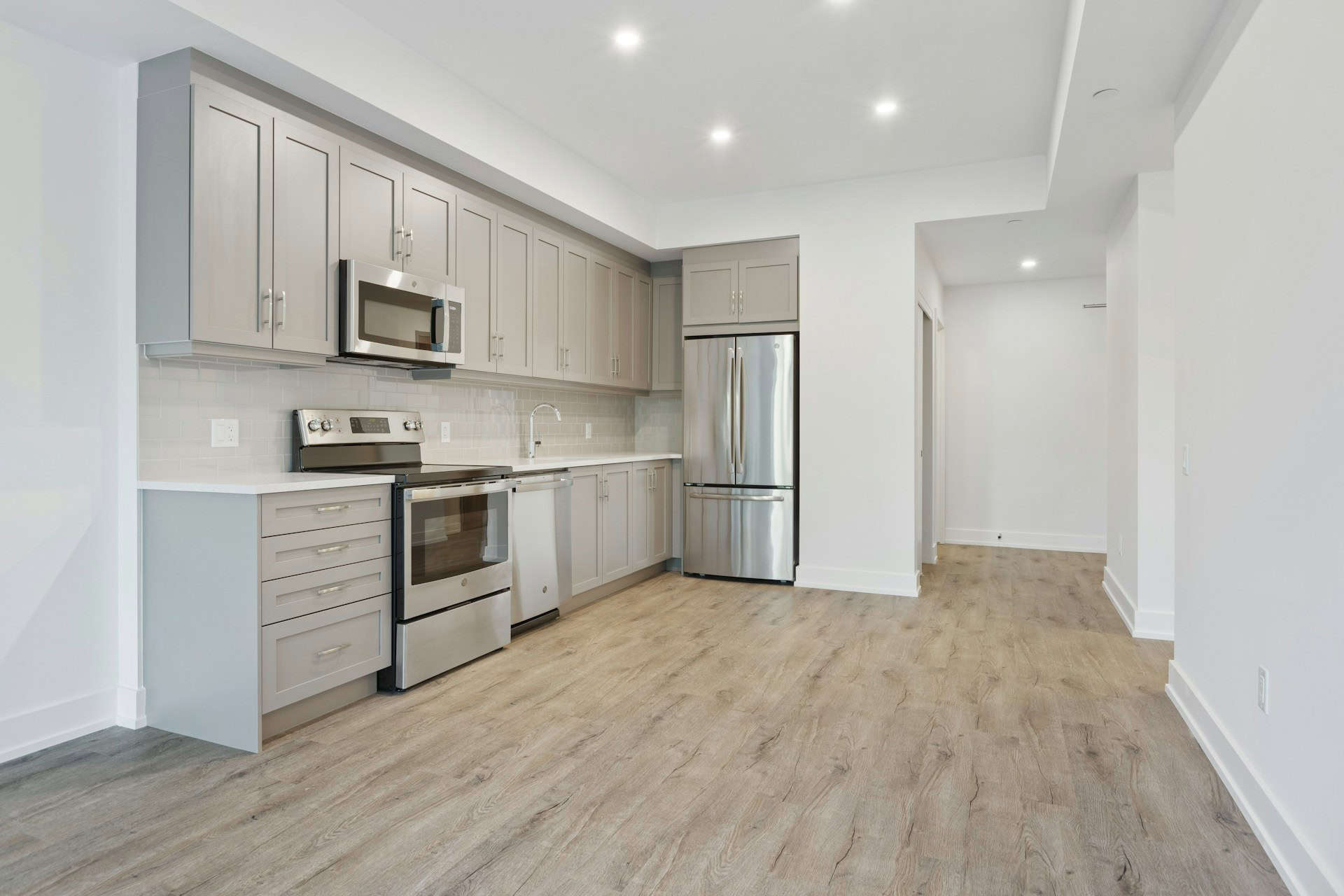
Question: Does the Backsplash Go Before or After the Upper Cabinets?
Answer: The backsplash should be installed after the upper cabinets. This allows for proper alignment and ensures the backsplash fits seamlessly behind the cabinets.
Kitchen Backsplash Installation Guide: Timing is Everything
You’ve carefully selected your backsplash tile, planned the layout, and are ready to tackle this exciting kitchen renovation project. However, a fundamental question arises: Does the backsplash go before or after the upper cabinets? This seemingly simple question often sparks debate and confusion among homeowners and contractors alike.
The answer, as with many aspects of home improvement, is nuanced. It depends on various factors, including the specific design of your kitchen, the type of backsplash you’ve chosen, and your personal preferences. To help you make the right decision, this guide explores the pros and cons of each approach, providing you with the information you need to confidently install your backsplash.
Installing the Backsplash Before the Upper Cabinets
Installing the backsplash before the upper cabinets is a method that many experienced DIYers and professionals favor. This approach offers several advantages, particularly for achieving a seamless and aesthetically pleasing result.
Advantages:
Clean Edges and Lines
: Installing the backsplash first ensures that the edges of the tile align perfectly with the countertops, creating a crisp and professional look. The tiles serve as a guide for the upper cabinets, ensuring a precise fit. This is particularly important if you have chosen a backsplash design with intricate patterns or small tiles.Minimize Gaps and Overlaps
: The countertop, backsplash, and upper cabinets form a cohesive unit when installed in this sequence. This eliminates the potential for gaps or uneven overlaps that can occur when the backsplash is installed after the cabinets.Simplified Tile Cutting
: When you install the backsplash before the upper cabinets, the cutting process is simplified because you have a clear view of the entire wall space. You can accurately measure and cut the tiles, minimizing waste and ensuring a professional finish.
Disadvantages:
Potentially More Difficult Installation
: Installing the backsplash first can be more challenging, especially if you have limited experience with tile installation. The backsplash must be perfectly level and plumb to ensure a clean finish when the cabinets are installed.Higher Risk of Damage
: The backsplash could be damaged during the cabinet installation process, especially if the cabinets are heavy or require extensive adjustments.Potential for Delay in Cabinet Installation
: If the backsplash installation requires longer drying or curing time than anticipated, it could delay the cabinet installation process, impacting your project timeline.
Click here for more information on kitchen cabinet refinishing Toronto
Related Article: What is the Best Way to Arrange Appliances in the Kitchen?
Related Article: Is it Ok not to have a Backsplash in the Kitchen?
Factors to Consider When Choosing a Backsplash Installation Sequence
The best choice for your kitchen depends on various factors. Here are several critical considerations to guide your decision:
The Type of Backsplash
Different backsplash materials have varying installation requirements. For example, natural stone tiles might require grout, which takes time to cure, while ceramic tiles might be ready to use more quickly. Consider the drying and curing times for your chosen material when planning your backsplash installation sequence.
The Design of Your Kitchen
If your kitchen features a complex design, with multiple cabinets or intricate countertop shapes, installing the backsplash before the cabinets might be more challenging. However, if your kitchen has a simpler design, installing the backsplash after the cabinets could be more straightforward.
Your Skill Level
If you are a DIY enthusiast with experience in tile installation, you may feel comfortable installing the backsplash before the upper cabinets. However, if you lack experience or prefer a more straightforward approach, installing the backsplash after the cabinets might be a better choice.
Your Budget
Installing the backsplash before the upper cabinets could involve more labor and materials, potentially increasing the project cost. Conversely, installing the backsplash after the cabinets might be more budget-friendly, but it could increase the risk of damage or require more complex tile cutting, potentially adding unexpected costs.
Addressing Common Backsplash Installation Challenges
Even with careful planning, you might encounter challenges during the backsplash installation process. Understanding common issues and their solutions can help you navigate these obstacles effectively.
Gaps Between the Backsplash and the Countertop
Gaps can occur between the backsplash and the countertop due to uneven surfaces or improper installation. To resolve this issue, you can use a high-quality caulk to fill the gaps. Choose a color that closely matches your grout or tile for a seamless appearance.
Uneven Tile Installation
Ensure that the backsplash tiles are level and plumb to achieve a professional finish. Use a level and tile spacers to maintain consistent spacing between the tiles. If necessary, you can use a tile saw to adjust the tiles to fit perfectly.
Backsplash Damage During Cabinet Installation
To minimize the risk of damage to the backsplash during cabinet installation, use protective materials such as foam padding or cardboard. Ensure the cabinet installers take extra care to avoid impacting the backsplash.
Conclusion
The decision to install the backsplash before or after the upper cabinets is a significant one that impacts the aesthetics, ease of installation, and overall project timeline. This guide has provided a comprehensive overview of the advantages and disadvantages of each approach, highlighting key factors to consider. By carefully weighing these aspects and considering your specific kitchen design, skill level, and budget, you can confidently make the right choice for your project. Proper planning and a well-executed installation process are essential for achieving a beautiful and functional kitchen that you’ll enjoy for years to come. [ 1 ]
References
1. https://www.tileletter.com/should-cabinets-be-installed-before-or-after-tile/

Blue Malue Get in touch with Blue here.
